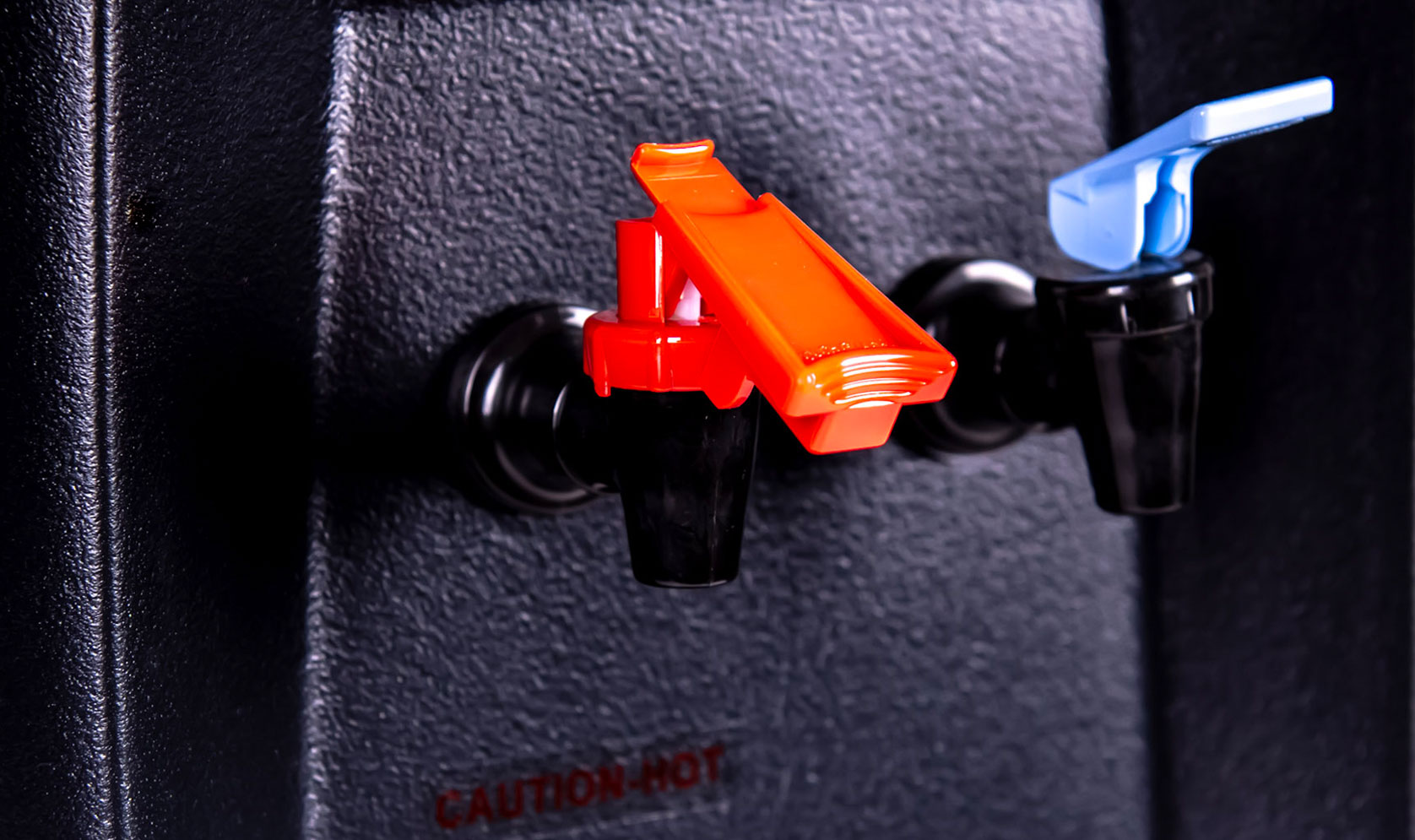

Articles
How To Child Proof Water Dispenser
Modified: March 19, 2024
Learn how to child proof your water dispenser with these informative articles. Prevent accidents and keep your little ones safe.
(Many of the links in this article redirect to a specific reviewed product. Your purchase of these products through affiliate links helps to generate commission for Storables.com, at no extra cost. Learn more)
Introduction
Child-proofing our homes is a top priority for every parent or guardian. We go to great lengths to ensure that our little ones are safe from potential dangers within our living spaces. One often overlooked area that requires special attention is the water dispenser. While it may seem like a harmless appliance, an unsecured water dispenser can pose risks to curious and adventurous children.
In this article, we will discuss the importance of child-proofing a water dispenser and explore various methods to ensure the safety of our children. We will also provide a step-by-step guide on how to child-proof a water dispenser effectively.
Child-proofing a water dispenser not only safeguards children from accidents and injuries but also promotes peace of mind for parents and caregivers. By implementing simple yet effective child-proofing strategies, we can create a safe environment where our children can thrive and explore without unnecessary risks.
So, let’s dive into this guide and learn how to child-proof a water dispenser!
Key Takeaways:
- Child-proofing a water dispenser is crucial to prevent accidental burns, drowning hazards, water contamination, and chemical exposure, ensuring a safe environment for children to thrive and explore.
- Implementing child-proofing methods such as safety locks, straps, and gates, along with regular maintenance and supervision, creates a secure environment around water dispensers, promoting the well-being of children.
Read more: How To Make A Child’s Pillowcase
Importance of Child-Proofing a Water Dispenser
Child-proofing a water dispenser is crucial because young children are naturally curious and unaware of potential dangers around them. Water dispensers can present significant hazards that could lead to accidents or injuries if not properly secured.
Here are a few reasons highlighting the importance of child-proofing a water dispenser:
- Preventing Accidental Burns: Hot water dispensers, commonly found in many homes and offices, can expose children to scalding hot water. A child may accidentally turn on the hot water faucet or touch the hot surface, resulting in severe burns and injuries. By implementing child-proofing measures, such as installing safety locks or keeping the dispenser out of reach, we can reduce the risk of such accidents.
- Avoiding Drowning Hazards: Water dispensers that have large receptacles or water bottles on top can pose a drowning hazard for young children. Accidental falls or attempts to reach for objects placed atop the dispenser can lead to children submerging their faces or getting trapped in the water container. Child-proofing methods, like using safety straps or positioning the dispenser in a secure location, help minimize the risk of drowning incidents.
- Preventing Water Contamination: Some water dispensers have features like bottom-loaded bottles or water purification systems that need regular maintenance or filter replacements. If left unattended, these components can become a breeding ground for harmful bacteria or contaminants. By child-proofing the dispenser, we ensure that children are unable to tamper with the dispenser’s inner workings, reducing the risk of water contamination.
- Keeping Harmful Chemicals Out of Reach: Some water dispensers may have cleaning agents or sanitizing tablets that are used to maintain their hygiene. These chemicals can be toxic if ingested or come into contact with a child’s skin. Child-proofing measures help restrict access to the dispenser’s cleaning components, minimizing the chances of accidental exposure.
By properly child-proofing a water dispenser, we can mitigate potential hazards and create a safe environment for our little ones. It allows children to explore their surroundings without the imminent risk of accidents or injuries, giving parents and caregivers peace of mind.
Common Hazards Associated with Water Dispensers
Water dispensers, although seemingly harmless, can pose potential hazards to children if not properly handled or secured. It is crucial to be aware of these common hazards in order to effectively child-proof a water dispenser and prevent accidents and injuries.
Here are some common hazards associated with water dispensers:
- Burns: Hot water dispensers can cause burns if a child accidentally turns on the hot water faucet or touches the hot surface of the dispenser. The high temperatures of the hot water can lead to severe scalding and injuries. It is important to implement child-proofing measures such as safety locks or temperature controls to prevent access to the hot water function.
- Drowning: Water dispensers with large water containers or bottles on top can pose a drowning hazard, especially if a child falls into the water or tries to reach for objects on top. This hazard can be mitigated by using safety straps to secure the water dispenser or placing it in a location that is out of children’s reach.
- Water Contamination: Water dispensers that require regular maintenance or filter replacements can become breeding grounds for bacteria and contaminants if not properly cared for. Children may tamper with the dispenser, introducing foreign substances or bacteria into the water supply. It is important to child-proof the dispenser to prevent access to internal components, ensuring the water remains clean and safe for consumption.
- Chemical Exposure: Some water dispensers may contain cleaning agents or sanitizing tablets for maintenance purposes. These chemicals can be toxic if ingested or come into contact with a child’s skin. Child-proofing the dispenser protects children from accidentally accessing these chemicals, reducing the risk of chemical exposure.
- Electrical Hazards: Certain water dispensers may be powered by electricity, increasing the risk of electrical shocks or fires if not handled properly. Children may attempt to plug in or unplug the dispenser or play with electrical cords, putting themselves at risk. Child-proofing measures should include keeping the dispenser’s electrical components safely tucked away and ensuring childproof outlets are used in the vicinity.
Identifying these common hazards associated with water dispensers is crucial in determining the appropriate child-proofing methods. By addressing these hazards and implementing effective safety measures, we can create a secure environment for our children around water dispensers and minimize the risk of accidents or injuries.
Types of Child-Proofing Methods
Child-proofing a water dispenser requires implementing various methods to ensure the safety of children. These methods involve creating barriers and using safety mechanisms to prevent access to potential hazards. Here are some effective child-proofing methods for water dispensers:
- Safety Locks: Installing safety locks on the hot water faucet or overall water dispenser controls can prevent children from turning on the hot water or tampering with the dispenser’s settings. Safety locks can be easily attached and provide an additional layer of protection against accidents.
- Safety Straps: Using safety straps or anchors to secure the water dispenser to a stable surface prevents it from tipping over if a child tries to climb or pull on it. This method is particularly useful for preventing accidents caused by top-heavy water dispensers.
- Positioning: Placing the water dispenser in a location that is out of reach of children is an effective child-proofing method. This can include placing the dispenser on a countertop that is too high for young children to access or keeping it in a secure and locked room.
- Safety Gates/Fences: For water dispensers located in larger spaces, such as office or communal areas, using safety gates or fences can restrict access to the area around the dispenser. This method is especially useful for preventing younger children from approaching the dispenser unsupervised.
- Childproof Outlets: If the water dispenser is powered by electricity, using childproof outlet covers can prevent children from tampering with electrical cords or outlets. This minimizes the risk of electrical shocks or other electrical hazards.
- Regular Maintenance: Properly maintaining the water dispenser, including regular cleaning and filter replacements, is essential for ensuring that the water remains clean and free from contaminants. Regular maintenance reduces the risk of water-related health issues and ensures the longevity of the dispenser.
It is important to assess the specific needs and characteristics of your water dispenser to determine which child-proofing methods are most suitable. Remember to always follow the manufacturer’s instructions and guidelines when implementing child-proofing measures to ensure their effectiveness and prevent any damage to the dispenser.
By utilizing these child-proofing methods, we can create a safe environment around water dispensers, reducing the risk of accidents and promoting the overall well-being of our children.
Install a child-proof lock on the water dispenser to prevent children from accessing it without supervision. This will help ensure their safety and prevent any accidental spills or consumption.
Materials and Tools Needed
Child-proofing a water dispenser requires the use of specific materials and tools to effectively secure the dispenser and prevent access to potential hazards. Here is a list of materials and tools you may need:
- Safety Locks: Depending on the type of water dispenser you have, you may need safety locks for the hot water faucet or overall dispenser controls. Choose locks that are durable, easy to install, and specifically designed for water dispensers.
- Safety Straps/Anchors: To prevent the water dispenser from tipping over, you’ll need safety straps or anchors. These should be adjustable and sturdy enough to secure the dispenser to a stable surface or the wall.
- Safety Gates/Fences: If you have a water dispenser located in a larger space, consider using safety gates or fences to restrict access to the area. Ensure that the gates or fences are suitable for the size and design of the space.
- Childproof Outlet Covers: If the water dispenser is powered by electricity, childproof outlet covers are essential to prevent children from tampering with electrical cords or outlets. Choose covers that are easy to install and compatible with the outlets in your home.
- Cleaning Supplies: It is important to keep the water dispenser clean and free from harmful bacteria or contaminants. Have appropriate cleaning supplies, such as mild detergent, vinegar, or specialized cleaning agents recommended by the manufacturer, on hand.
- Filters/Replacement Parts: If your water dispenser has filters or requires replacement parts, make sure to have these readily available. Follow the manufacturer’s guidelines for replacing parts and maintaining the water dispenser’s functionality.
- Basic Tools: Depending on the child-proofing methods you choose, you may need basic tools such as a screwdriver, drill, or hammer. These tools can be used for installing safety straps, anchors, or gates.
Ensure that you carefully read the instructions provided with the child-proofing materials and tools to ensure proper installation and use. Additionally, follow any specific guidelines provided by the manufacturer of your water dispenser to ensure compatibility with child-proofing measures.
By collecting the necessary materials and tools ahead of time, you can efficiently child-proof your water dispenser and create a safe environment for your children.
Read more: What Is A Water Dispenser
Step-by-Step Guide to Child-Proofing a Water Dispenser
Child-proofing a water dispenser involves a series of steps to ensure the safety of children and minimize potential hazards. By following this step-by-step guide, you can effectively child-proof your water dispenser:
- Assess the Water Dispenser: Carefully examine your water dispenser to identify potential hazards such as hot water faucets, large water containers, or electrical components. Understanding the specific features and risks of your dispenser will help you determine which child-proofing methods to employ.
- Research Child-Proofing Methods: Research different child-proofing methods suitable for your water dispenser, such as safety locks for hot water faucets, safety straps to secure the dispenser, or safety gates/fences to restrict access. Consider the age and abilities of your children when selecting appropriate child-proofing measures.
- Gather the Necessary Materials and Tools: Collect the materials and tools you’ll need based on the child-proofing methods you have chosen. This may include safety locks, safety straps/anchors, safety gates/fences, childproof outlet covers, cleaning supplies, filters/replacement parts, and basic tools like a screwdriver or drill.
- Install Safety Locks and Straps: If your dispenser has a hot water faucet, install safety locks to prevent accidental access. Attach safety straps or anchors to secure the dispenser to a stable surface, ensuring it cannot be tipped over by curious children.
- Position the Dispenser Safely: Place the water dispenser in a location that is out of reach of children, such as on a countertop that is too high for them to access or in a locked room. Ensure the dispenser is positioned away from edges or corners where it could easily be knocked over.
- Use Safety Gates/Fences (If Required): If your water dispenser is located in a larger space, consider using safety gates or fences to restrict access. Install the gates/fences in a way that prevents children from reaching the dispenser unsupervised.
- Childproof Electrical Outlets: If your water dispenser is powered by electricity, use childproof outlet covers to prevent children from tampering with electrical cords or outlets. Make sure to install the covers securely and test them to ensure they are effective.
- Maintain the Water Dispenser: Regularly clean and sanitize the water dispenser according to the manufacturer’s instructions. Replace filters or necessary parts as recommended to keep the water clean and safe for consumption.
- Regularly Inspect and Update Child-Proofing Measures: Periodically inspect the child-proofing measures you have implemented to ensure they are still secure and effective. Make any necessary adjustments or updates, especially as your child grows and develops new abilities.
Following these step-by-step instructions will help you child-proof your water dispenser effectively. Remember to always prioritize the safety of your children and regularly assess the condition of the child-proofing measures to ensure their continued effectiveness.
Additional Safety Tips
Child-proofing a water dispenser is an essential step in ensuring the safety of your children. In addition to child-proofing methods, there are some additional safety tips to keep in mind when it comes to water dispensers:
- Supervision: Always supervise children around water dispensers, especially when they are in close proximity to hot water faucets or large water containers. This will help prevent accidents and ensure immediate intervention if needed.
- Teach Water Safety: Educate your children about the potential dangers of water dispensers and explain the rules they should follow, such as not touching the hot water faucet or climbing on the dispenser. Encourage open communication and answer any questions they may have.
- Monitor Water Temperature: Check the temperature of the hot water from the dispenser regularly to ensure it is set at a safe level. Adjust the temperature as necessary to prevent scalding or burns.
- Keep the Area Clean: Keep the area around the water dispenser clean and free from clutter, ensuring that children cannot trip or knock into the dispenser. Regularly clean spills to prevent slips and falls.
- Lock or Secure Cabinets: If your water dispenser is located in a cabinet or cupboard, ensure that it is securely locked or latched to prevent children from gaining access to it.
- Encourage Hydration Habits: Teach your children the importance of staying hydrated and encourage them to use the water dispenser responsibly. Promote drinking water from cups or child-friendly water bottles rather than directly from the dispenser.
- Lead by Example: Set a good example by practicing safe habits around the water dispenser. Show your children how to handle the dispenser properly and emphasize the importance of following safety guidelines.
- Regular Maintenance Checks: Routinely inspect the water dispenser for any signs of damage or malfunction. Address any issues promptly and seek professional help if needed.
- Store Cleaning Products Safely: If your water dispenser requires cleaning products or sanitizing tablets, store them securely out of reach of children. Keep them in a locked cabinet or high enough where children cannot access them.
Remember, child-proofing a water dispenser is an ongoing process. Continuously reassess the safety measures in place to ensure they remain effective and update them as necessary to accommodate the changing needs of your children.
By implementing these additional safety tips, along with child-proofing methods, you can create a safe and secure environment around the water dispenser and promote the well-being of your children.
Conclusion
Child-proofing a water dispenser is a vital step in ensuring the safety of our children. By recognizing the potential hazards associated with water dispensers and implementing effective child-proofing measures, we can create a secure environment where our children can thrive and explore without unnecessary risks.
We have explored the importance of child-proofing a water dispenser, including the prevention of accidental burns, drowning hazards, water contamination, and exposure to harmful chemicals. By taking these risks into consideration, we can actively work towards minimizing the chances of accidents or injuries.
Throughout this article, we have discussed various types of child-proofing methods, such as safety locks, safety straps, position adjustments, safety gates, and childproof outlet covers. By using these methods and gathering the necessary materials and tools, we can effectively secure the water dispenser and protect our children from potential hazards.
Additionally, we have provided a step-by-step guide to assist you in the process of child-proofing your water dispenser, from assessing the dispenser to maintaining the implemented safety measures. Following this guide will ensure that you can child-proof the water dispenser effectively and create a safe environment for your children.
Remember to supplement child-proofing efforts with continuous supervision, teaching water safety, and practicing good hygiene habits around the water dispenser. These additional safety tips, along with regular maintenance checks, support ongoing safety and well-being.
By prioritizing the safety of our children and staying proactive in child-proofing our water dispensers, we can enjoy peace of mind knowing that we have taken the necessary steps to protect our little ones from potential dangers. Let us create a safe environment where our children can grow, play, and thrive without unnecessary risks.
Frequently Asked Questions about How To Child Proof Water Dispenser
Was this page helpful?
At Storables.com, we guarantee accurate and reliable information. Our content, validated by Expert Board Contributors, is crafted following stringent Editorial Policies. We're committed to providing you with well-researched, expert-backed insights for all your informational needs.
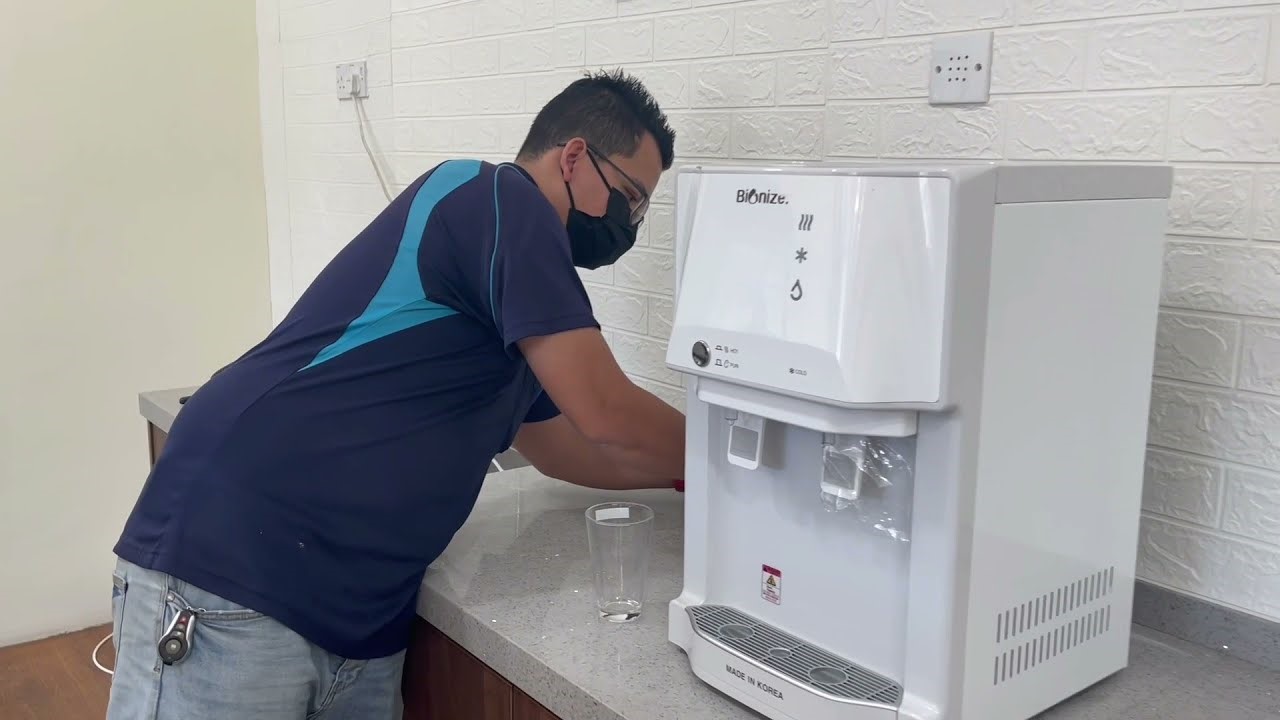
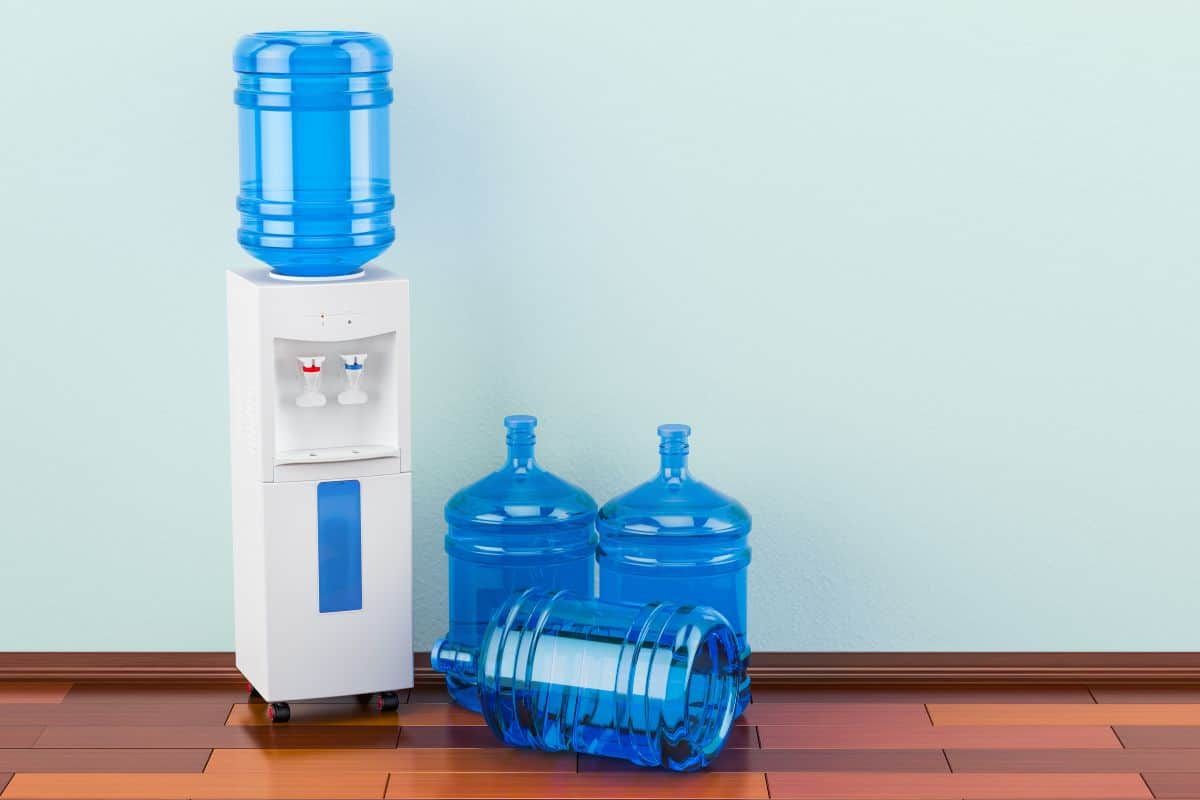
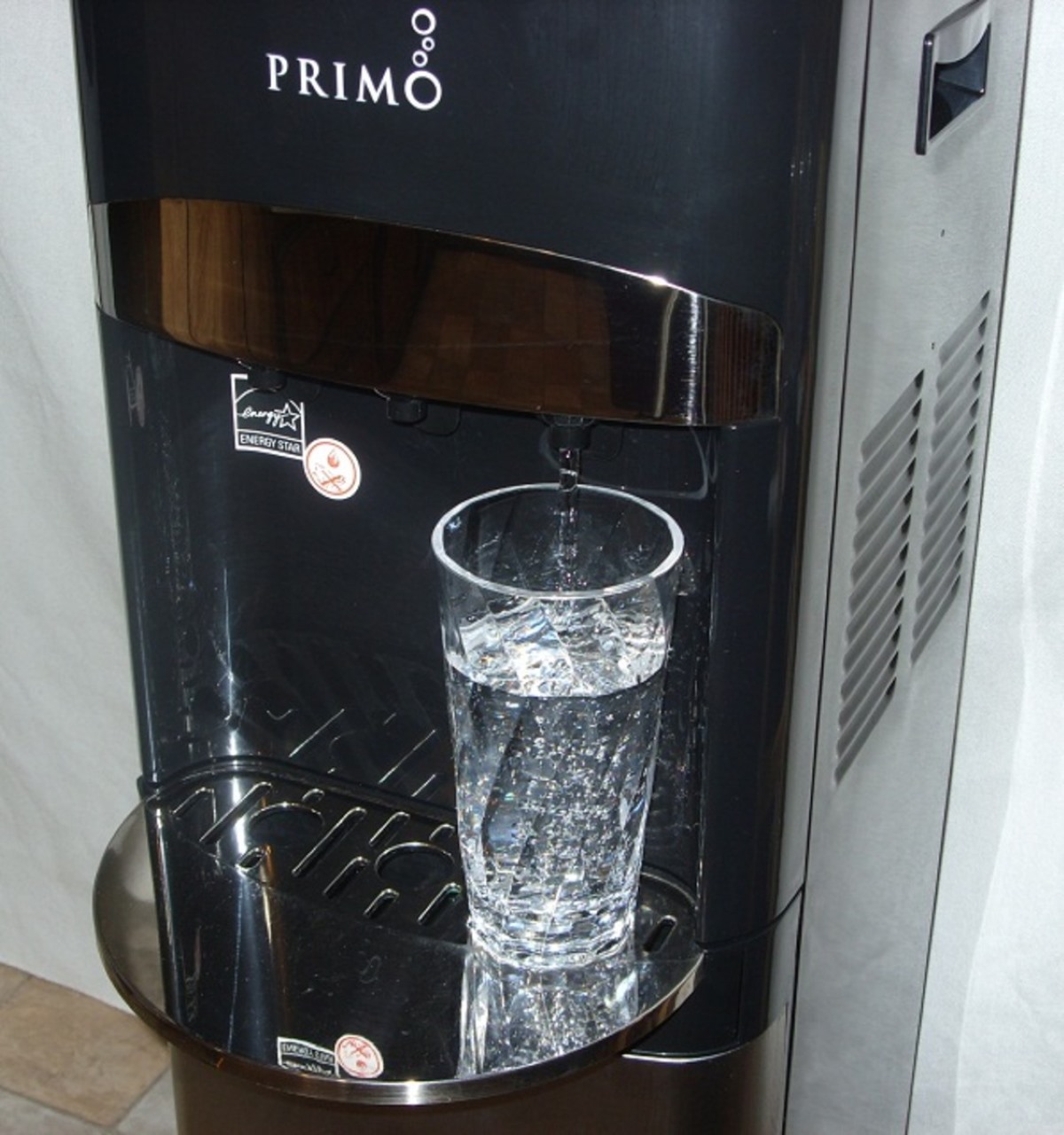
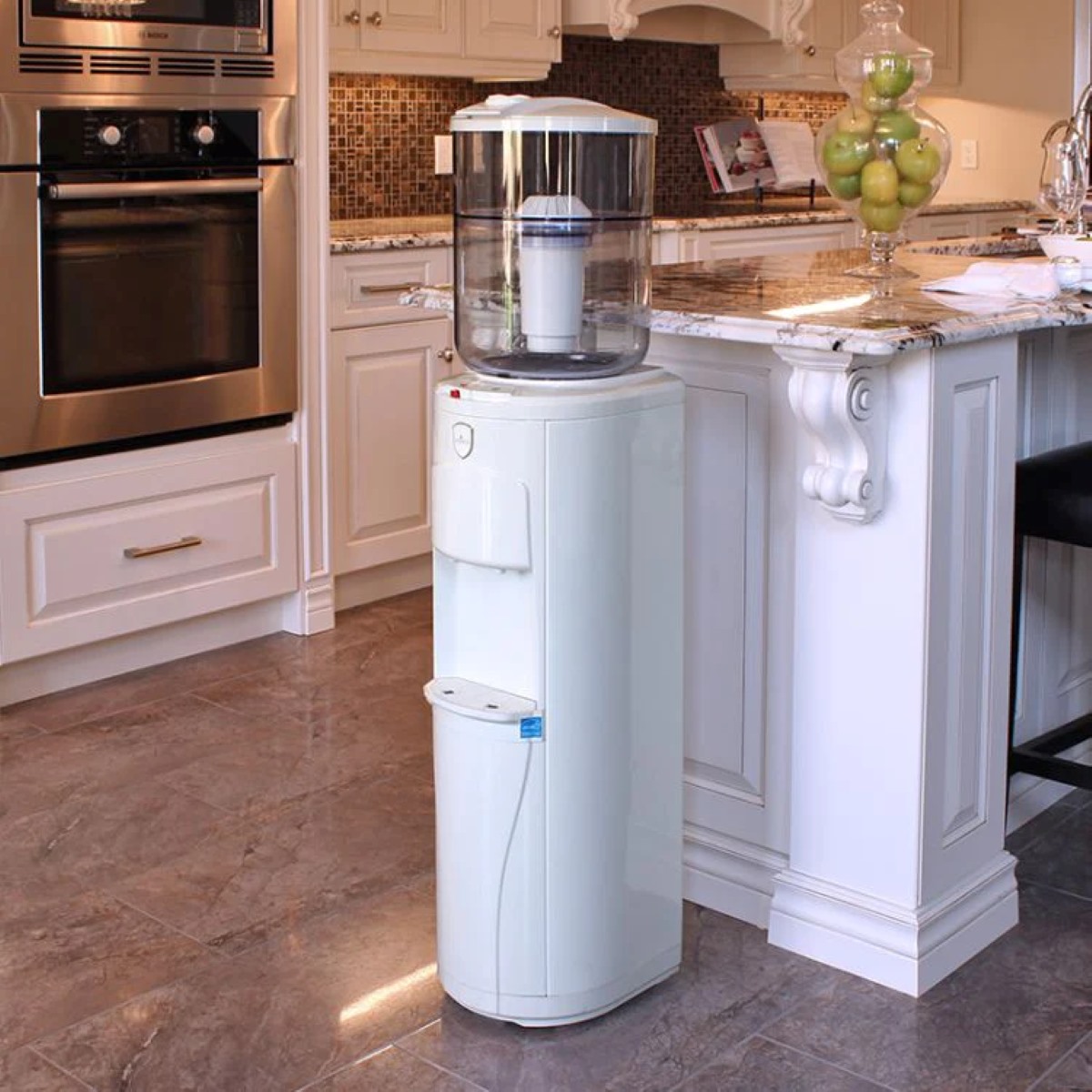
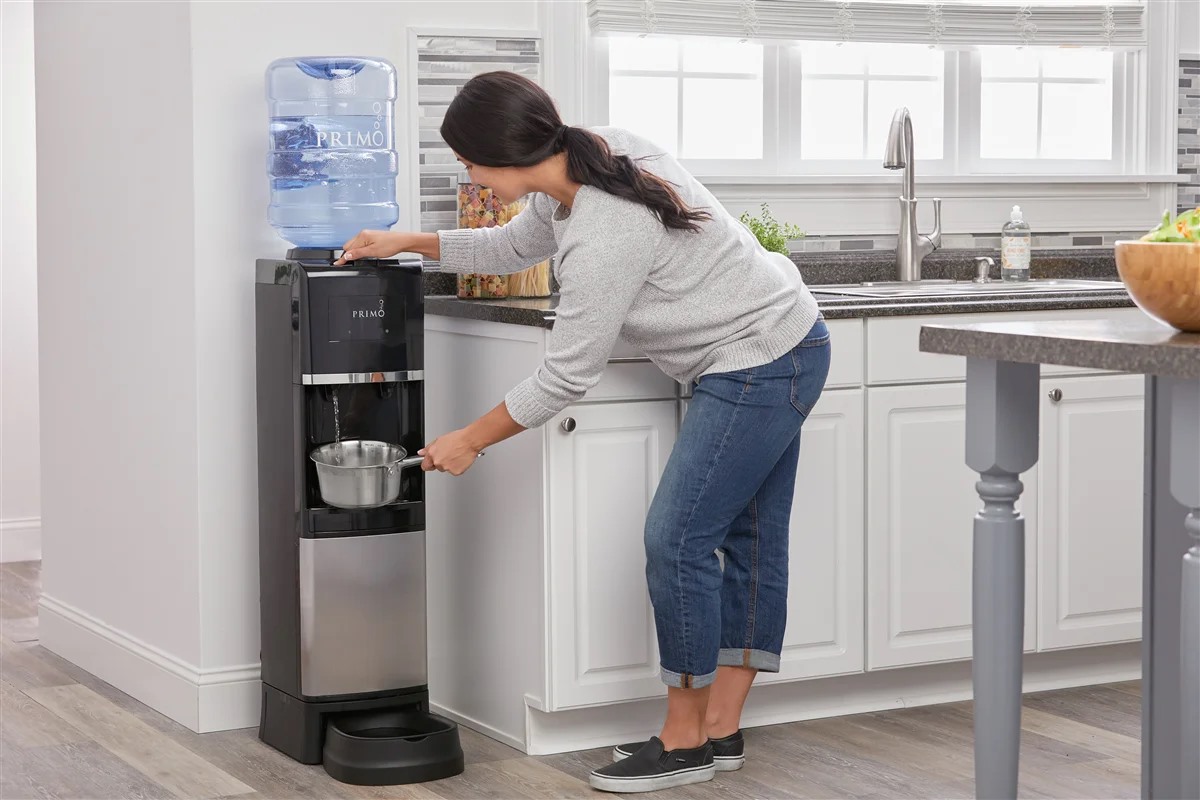
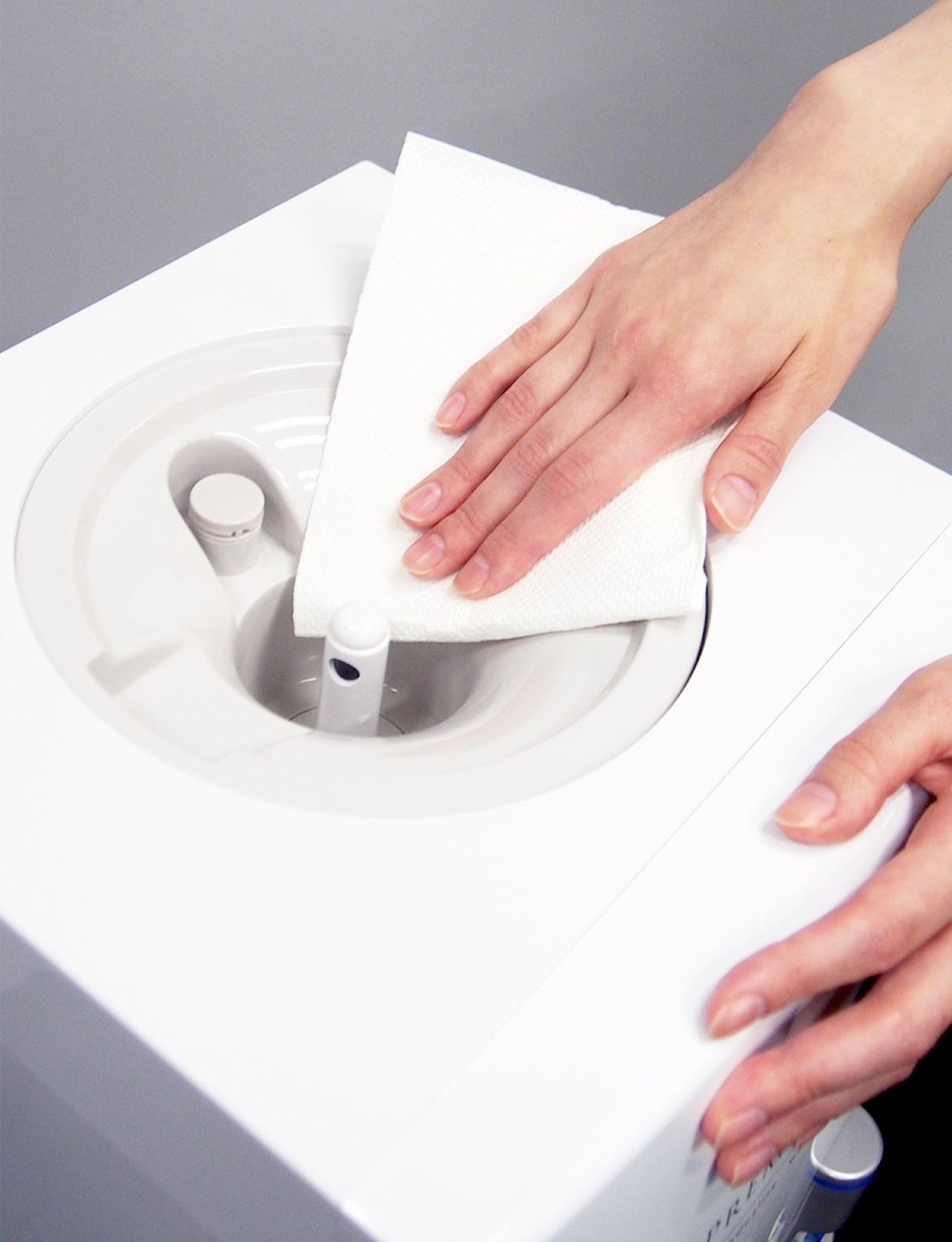
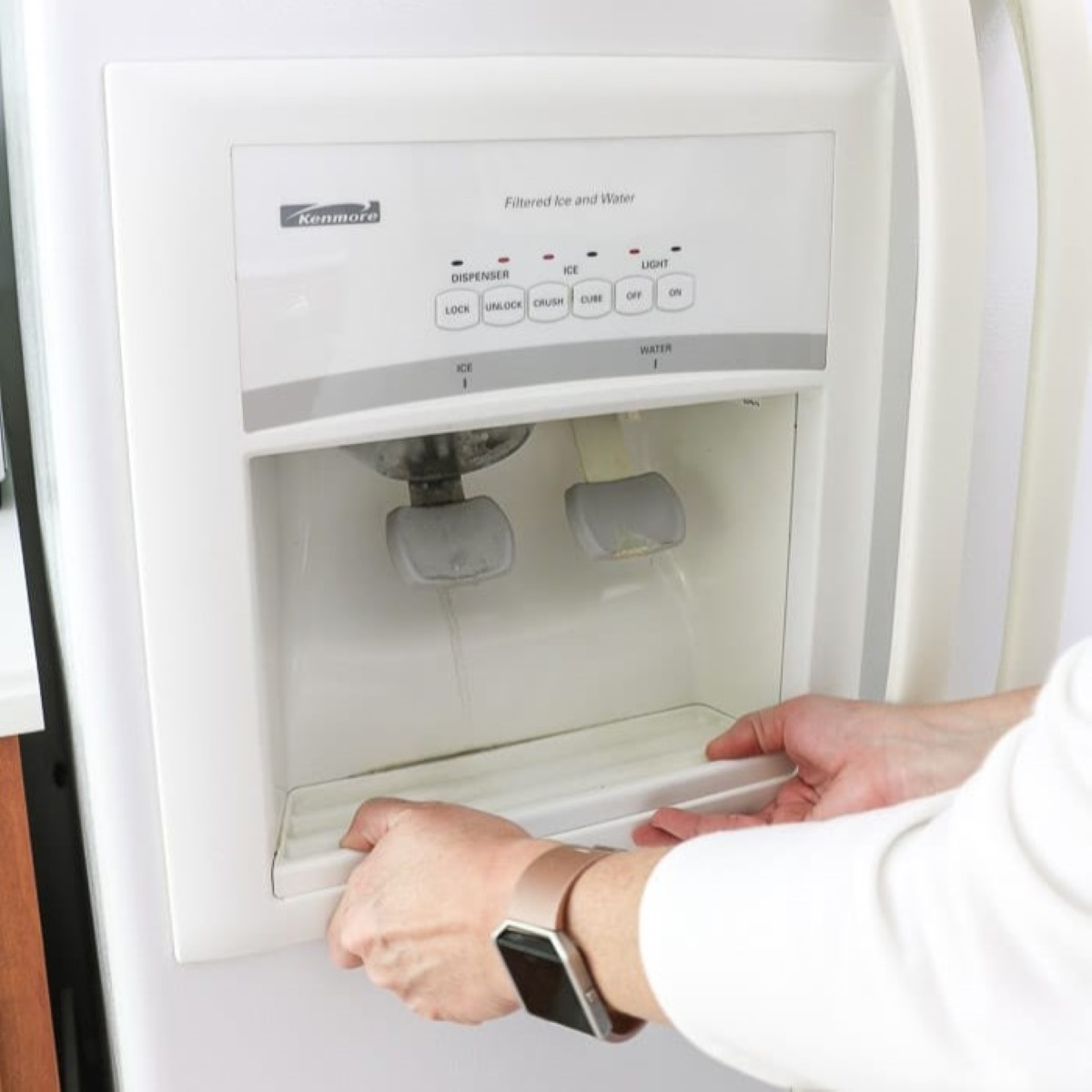
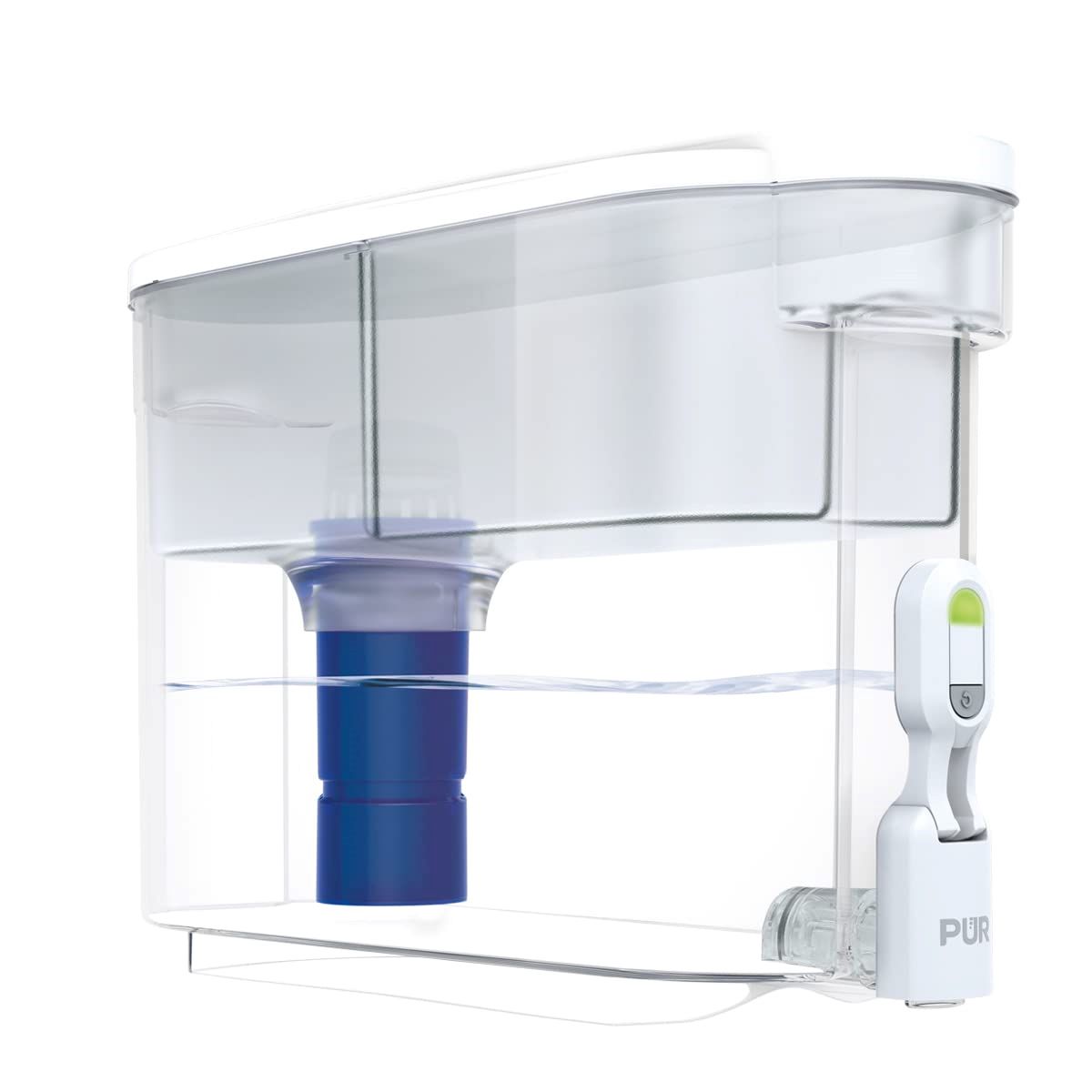
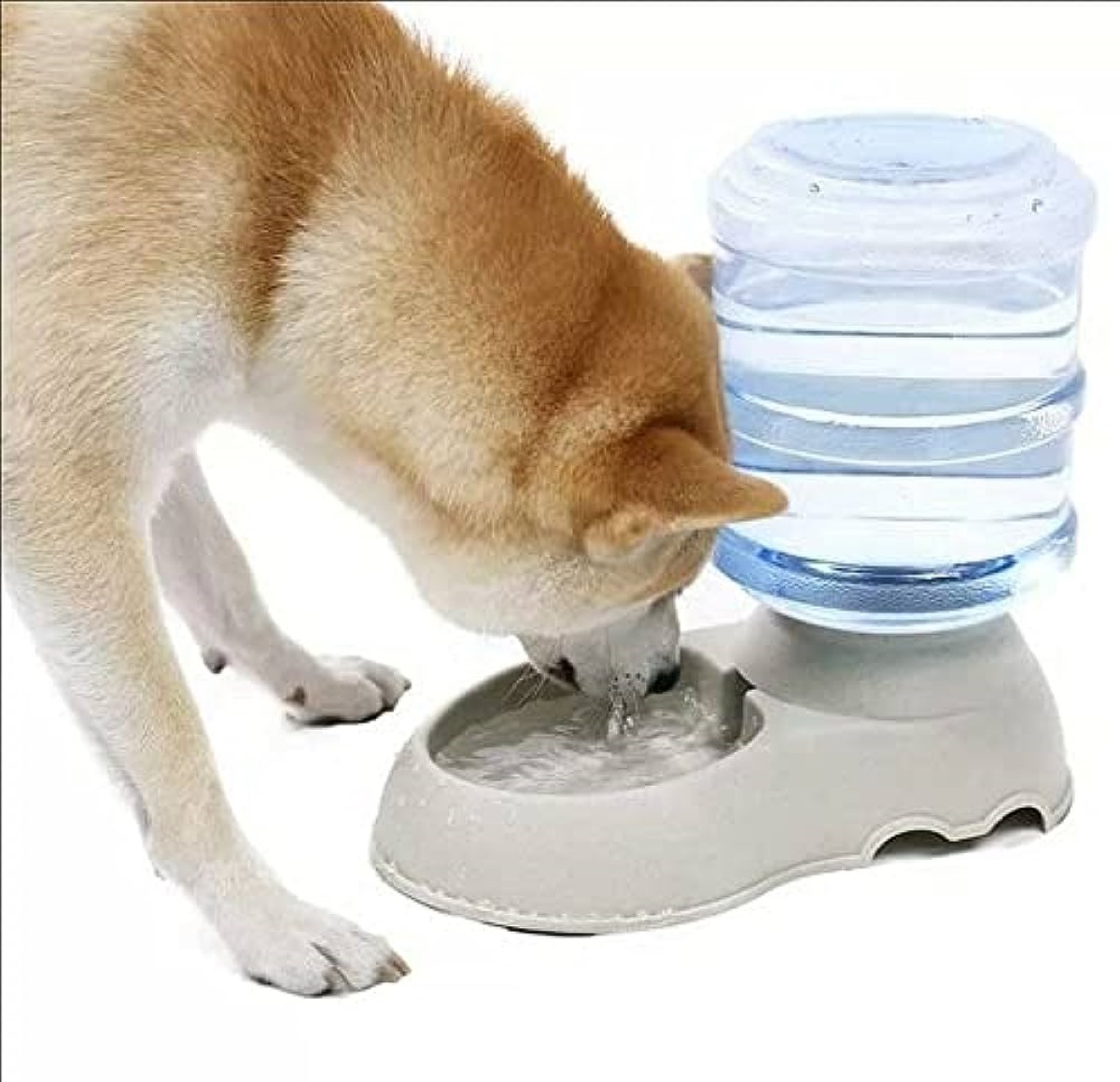
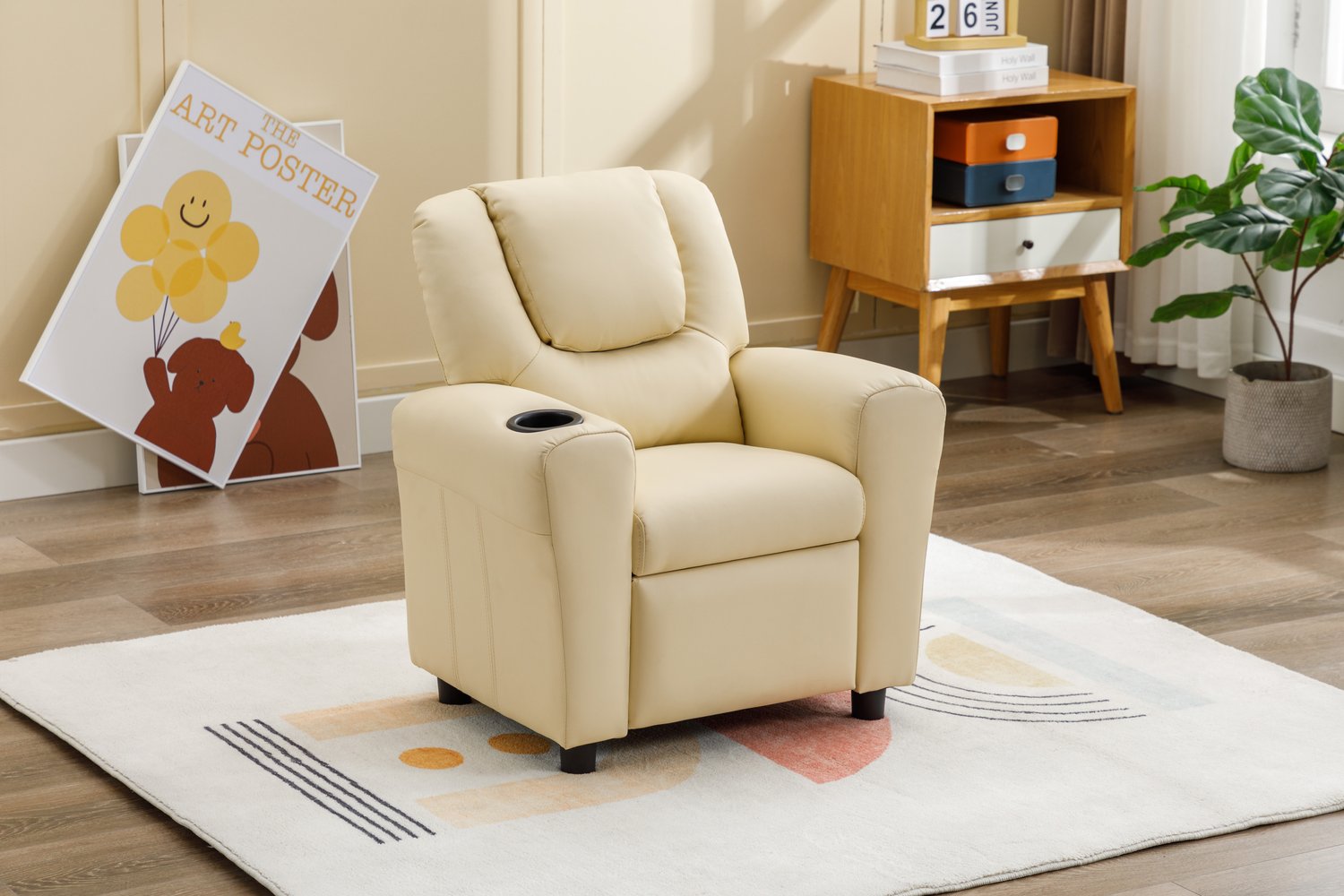
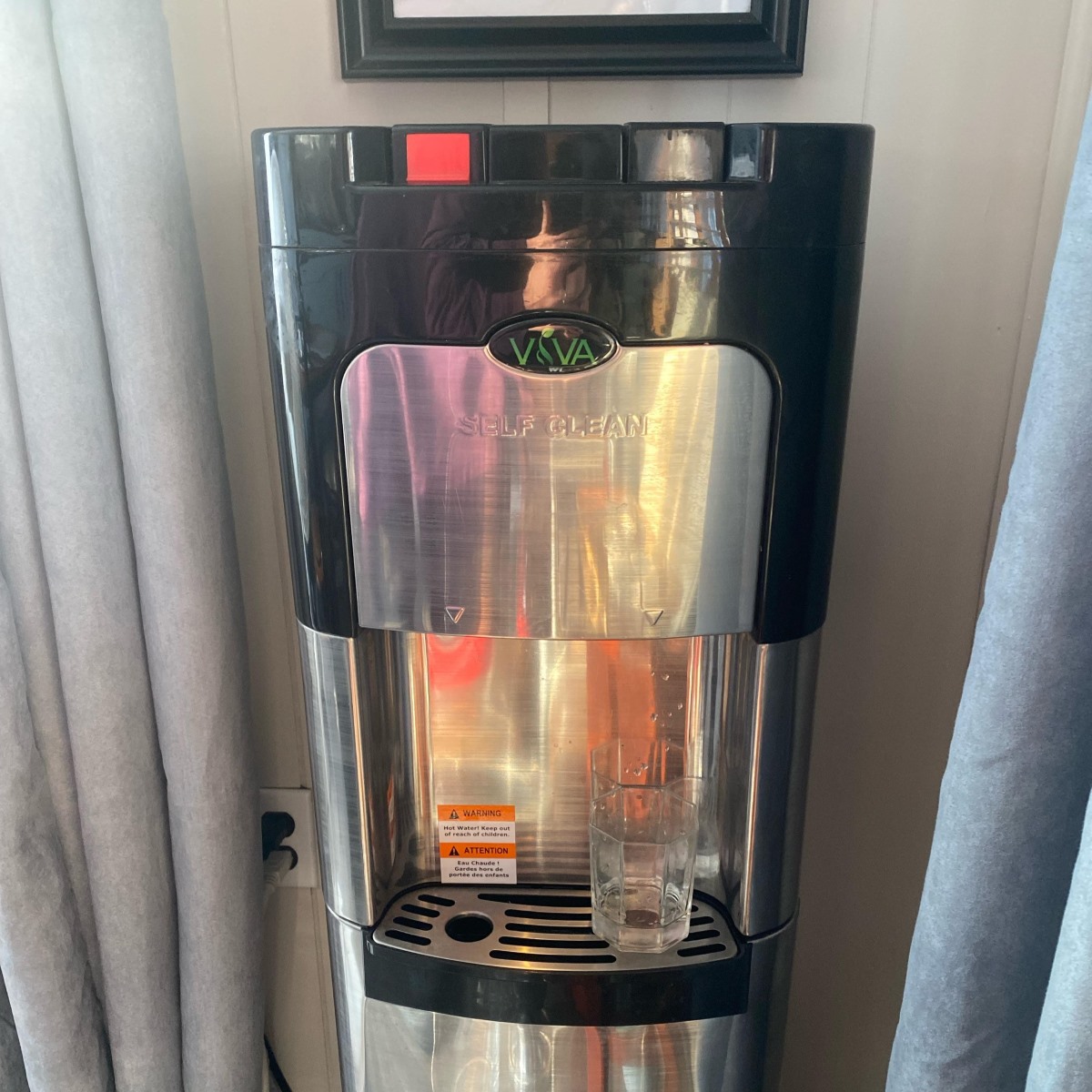
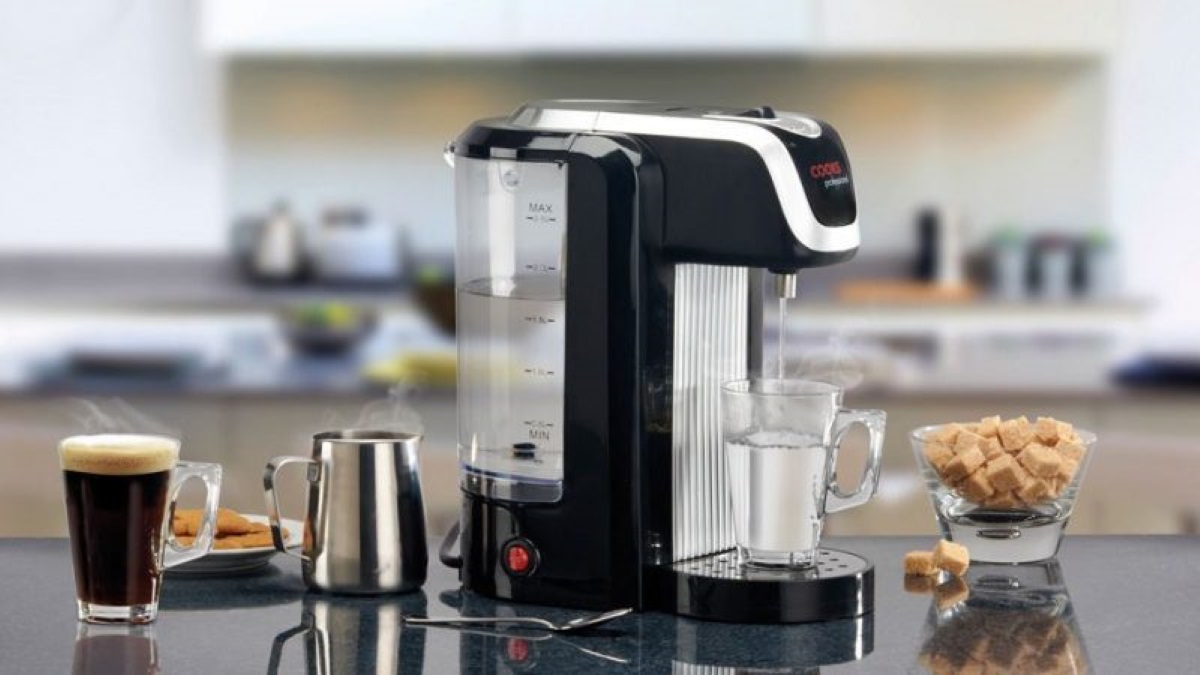
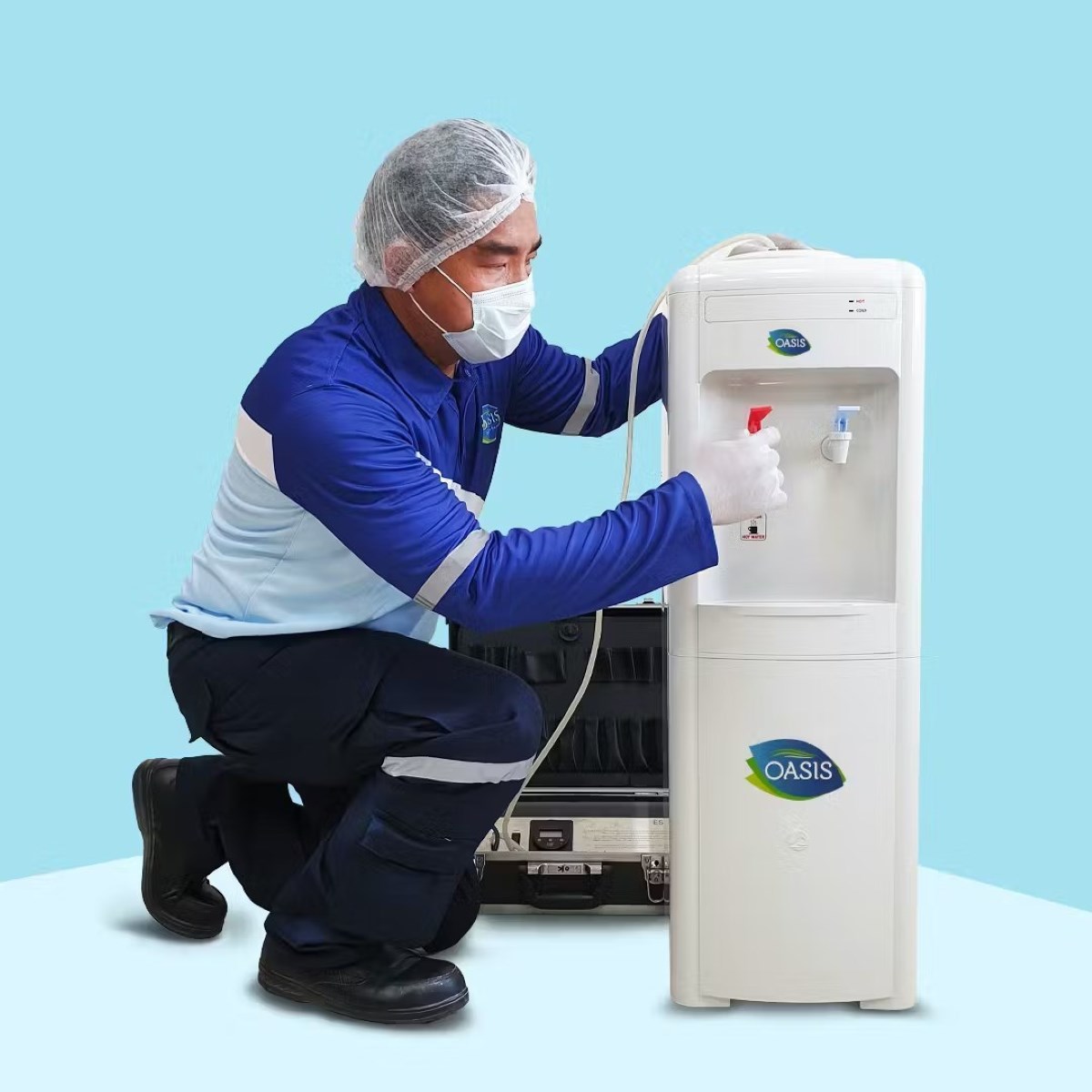
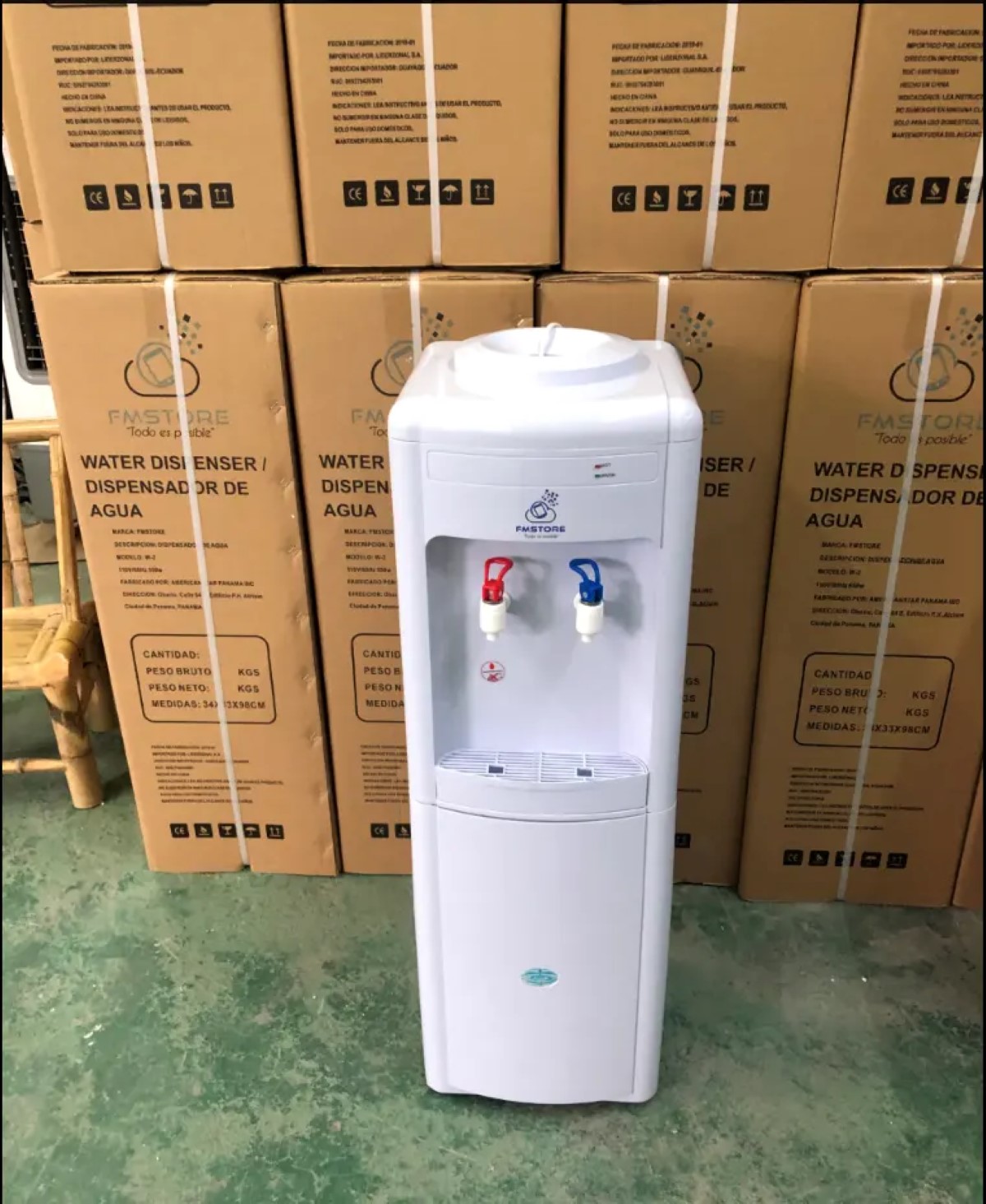

0 thoughts on “How To Child Proof Water Dispenser”